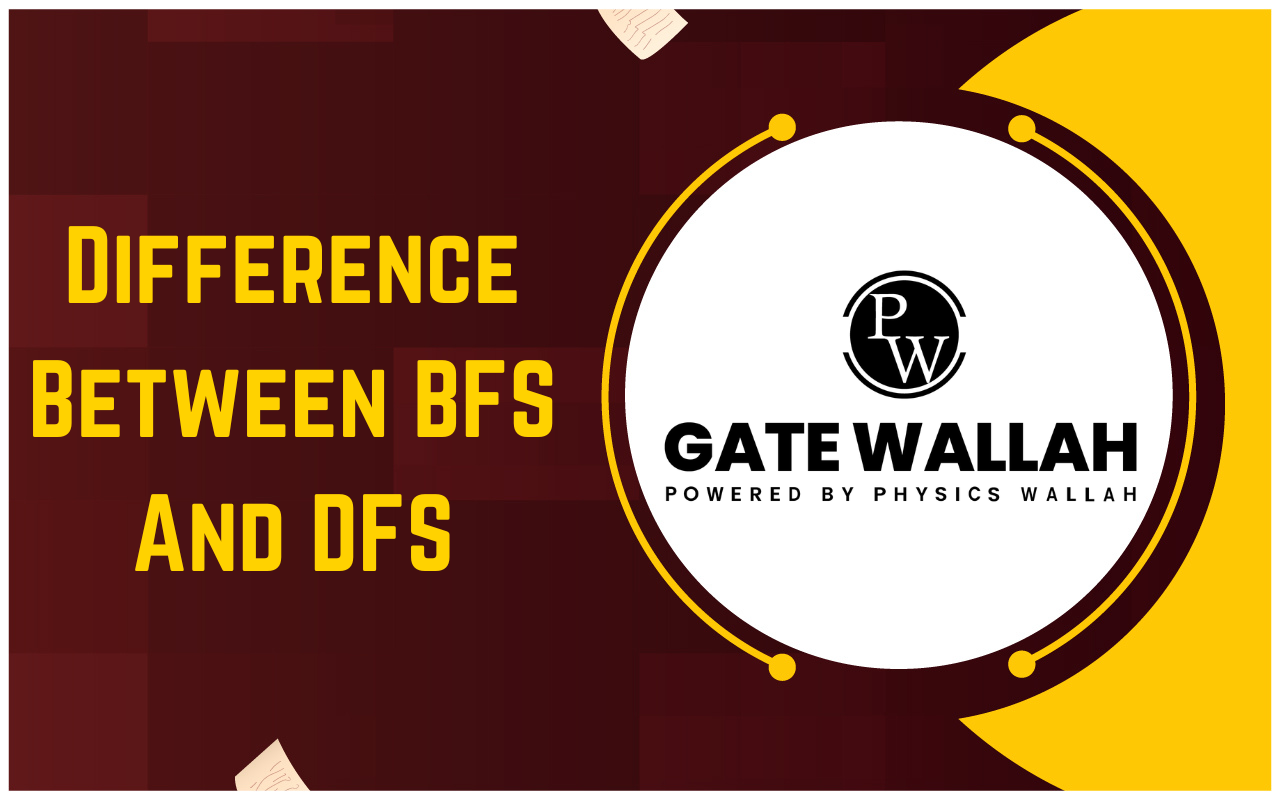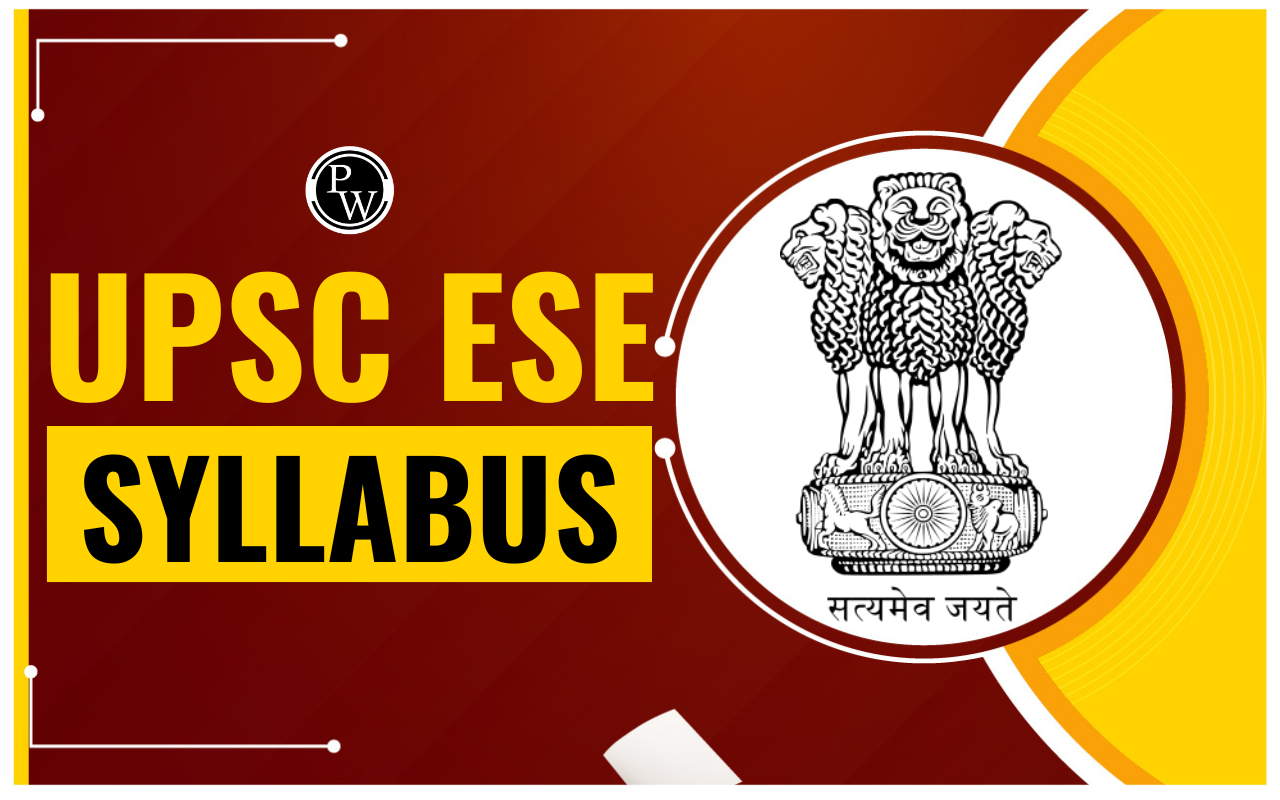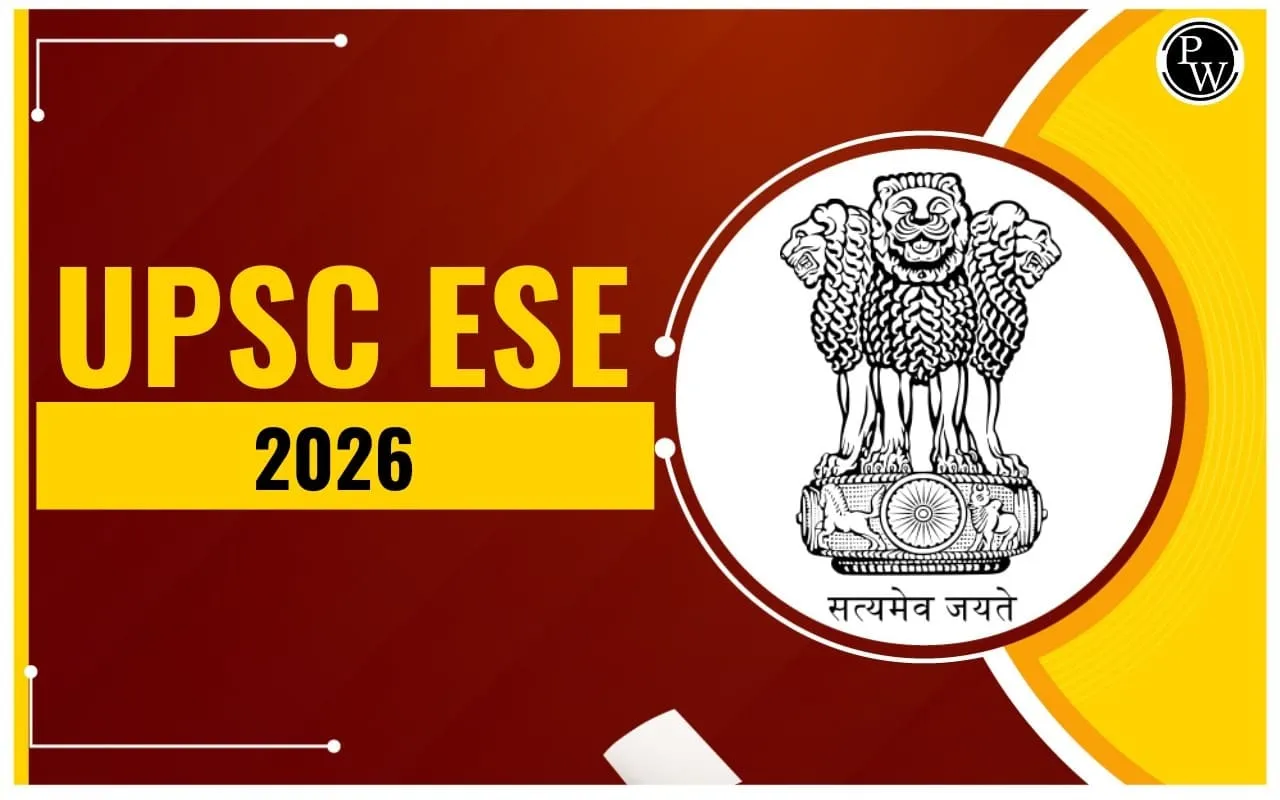

Difference Between BFS And DFS: Breadth-first search (BFS) and Depth-First Search (DFS) are two popular algorithms used in traversing/searching through graphs and trees. Both algorithms have their unique approaches to exploring the graph or tree.
BFS (Breadth-First search)
It visits all nodes at the current level before moving on. BFS uses a queue data structure to implement the algorithm. The queue stores all the nodes that have been visited but have not been fully explored.Advantages of BFS
- Optimal Solution - BFS is guaranteed to find the shortest path between two nodes in an unweighted graph.
- Completeness - BFS is complete, meaning it will find the solution if it exists.
- Uniform cost search - BFS can be modified to search for the shortest path in a weighted graph by replacing the queue data structure with a priority queue.
- Level-wise traversal - BFS visits all the nodes at a given level before moving to the next level. This approach makes it useful in certain scenarios such as finding the shortest path or exploring a game state.
Disadvantages of BFS
- Space complexity - BFS can be memory-intensive, especially for large graphs or trees. It needs to store all the visited nodes in a queue data structure, which can take up a lot of memory.
- Time complexity - BFS can be slow for graphs with a large number of nodes or edges.
DFS (Depth-First Search)
It explores the deepest path first and then moves up the tree or graph. DFS uses a stack data structure to implement the algorithm. The stack stores all the nodes that have been visited but have not been fully explored.Advantages of DFS
- Memory-efficient - DFS uses less memory than BFS. Only the path from the root node to the current node is needed.
- Time Efficient - For graphs with many nodes or edges, DFS may be faster than BFS. Its time complexity is O(b^m), where b is the branching factor and m is the maximum graph depth.
- Depth-first search - DFS explores the deepest path first. This approach makes it useful in certain scenarios, such as finding the maximum depth of a tree or graph.
Disadvantages of DFS
- Completeness - DFS is not guaranteed to find the solution if it exists. If the graph has cycles, it may loop forever.
- Non-optimal solution - DFS may not find the shortest path between two nodes in an unweighted graph. It may find a longer path before finding the shortest path.
- Local minimum - DFS may get stuck in a local minimum in a weighted graph.
Differences Between BFS and DFS
- BFS explores the graph level by level, while DFS explores the graph by going as deep as possible along each branch.
- BFS uses a queue data structure, while DFS uses a stack data structure.
- BFS uses more memory than DFS because it stores visited nodes in a queue data structure.
- The time complexity of BFS is represented by O(b^d), while DFS has a time complexity of O(b^m), where b refers to the branching factor, d denotes the depth of the graph, and m indicates the maximum depth of the graph. Generally, for larger graphs with a high branching factor, DFS is quicker than BFS.
- In terms of completeness, BFS is certain to discover the solution if one exists, whereas DFS may become trapped in an infinite loop if the graph contains a cycle.
- BFS is guaranteed to determine the shortest path in an unweighted graph, while DFS may not uncover the shortest path.
- BFS can be modified to search for the shortest path in a weighted graph by replacing the queue data structure with a priority queue, while DFS cannot.
- DFS explores the deepest path first, while BFS explores all the nodes at the current level before moving to the next level.
Scenarios where BFS is best suited
- Finding the shortest path in an unweighted graph.
- Exploring a game state or puzzle with a fixed depth.
- Traversing a tree or graph with a small branching factor.
Scenarios where DFS is best suited
- Finding the maximum depth of a tree or graph.
- Searching for a path in a maze or labyrinth.
- Traversing a tree or graph with a large branching factor.
Importance of BFS and DFS
GATE candidates who want to excel in data structures and algorithms must understand BFS and DFS. Engineering students and professionals seeking higher education or career advancement must take the Graduate Aptitude Test in Engineering (GATE). The GATE 2024 exam is scheduled to be conducted in February by the Indian Institute of Technology (IIT) Kanpur, which is the organizing institute for this year. To be eligible for the GATE 2024 exam, candidates must have completed their Bachelor's degree in Engineering or Technology, or Master's degree in Science or Mathematics, or any equivalent degree in a relevant field. The GATE exam eligibility criteria also include minimum qualifying marks and age limits, which vary based on the category and gender of the candidate. GATE tests engineering and technology knowledge and aptitude. The exam includes multiple-choice, numerical answers, and analytical and problem-solving questions. Aerospace, Chemical, Computer Science and Information Technology, Electrical, and Mechanical Engineering are among the 27 subjects on the GATE 2024 exam. Many engineering students and professionals can progress their careers by passing the GATE exam . IITs and NITs offer postgraduate engineering and technology programmes to top exam scorers. They can apply for GATE-required government and PSU jobs. Engineering students and professionals seeking job advancement must take the GATE exam 2024. To maximizeGATE exam success, meet eligibility requirements and prepare effectively. Candidates can pass the GATE exam and open up engineering and technology prospects with perseverance.Difference Between BFS And DFS Conclusion
BFS and DFS are two popular algorithms for traversing and searching graphs and trees. BFS is best suited for situations in which the shortest path in an unweighted graph must be found, whereas DFS is best suited for situations in which the maximum depth of a tree or graph must be found. To make an informed decision on which algorithm to use for a given problem, it is critical to understand the differences between these two algorithms.Difference Between BFS and DFS FAQs
Is DFS always faster than BFS?
Not necessarily. The performance of DFS and BFS depends on the specific problem and the characteristics of the graph or tree being traversed. DFS may be faster than BFS in certain scenarios, such as when the graph has a large branching factor or when searching for the maximum depth of a tree.
Which algorithm is better for finding the longest path in a graph?
Neither BFS or DFS is optimized for finding the longest path in a graph. Finding the longest path is a challenging problem known as the Longest Path Problem, and specialized algorithms are typically used for this purpose.
Can DFS find a solution in a graph with cycles?
DFS can get stuck in an infinite loop if there is a cycle in the graph, as it does not keep track of previously visited nodes. However, there are techniques such as marking visited nodes or using a depth limit that can be applied to handle cycles in DFS.
Which algorithm is suitable for finding a path in a maze with obstacles?
DFS is often more suitable for finding a path in a maze with obstacles, as it can explore different paths deeply and backtrack when necessary. BFS, on the other hand, may not perform well in such scenarios as it would need to explore all possible paths at the current level before moving to the next level.
Talk to a counsellorHave doubts? Our support team will be happy to assist you!

Free Learning Resources
PW Books
Notes (Class 10-12)
PW Study Materials
Notes (Class 6-9)
Ncert Solutions
Govt Exams
Class 6th to 12th Online Courses
Govt Job Exams Courses
UPSC Coaching
Defence Exam Coaching
Gate Exam Coaching
Other Exams
Know about Physics Wallah
Physics Wallah is an Indian edtech platform that provides accessible & comprehensive learning experiences to students from Class 6th to postgraduate level. We also provide extensive NCERT solutions, sample paper, NEET, JEE Mains, BITSAT previous year papers & more such resources to students. Physics Wallah also caters to over 3.5 million registered students and over 78 lakh+ Youtube subscribers with 4.8 rating on its app.
We Stand Out because
We provide students with intensive courses with India’s qualified & experienced faculties & mentors. PW strives to make the learning experience comprehensive and accessible for students of all sections of society. We believe in empowering every single student who couldn't dream of a good career in engineering and medical field earlier.
Our Key Focus Areas
Physics Wallah's main focus is to make the learning experience as economical as possible for all students. With our affordable courses like Lakshya, Udaan and Arjuna and many others, we have been able to provide a platform for lakhs of aspirants. From providing Chemistry, Maths, Physics formula to giving e-books of eminent authors like RD Sharma, RS Aggarwal and Lakhmir Singh, PW focuses on every single student's need for preparation.
What Makes Us Different
Physics Wallah strives to develop a comprehensive pedagogical structure for students, where they get a state-of-the-art learning experience with study material and resources. Apart from catering students preparing for JEE Mains and NEET, PW also provides study material for each state board like Uttar Pradesh, Bihar, and others
Copyright © 2025 Physicswallah Limited All rights reserved.
Get App











